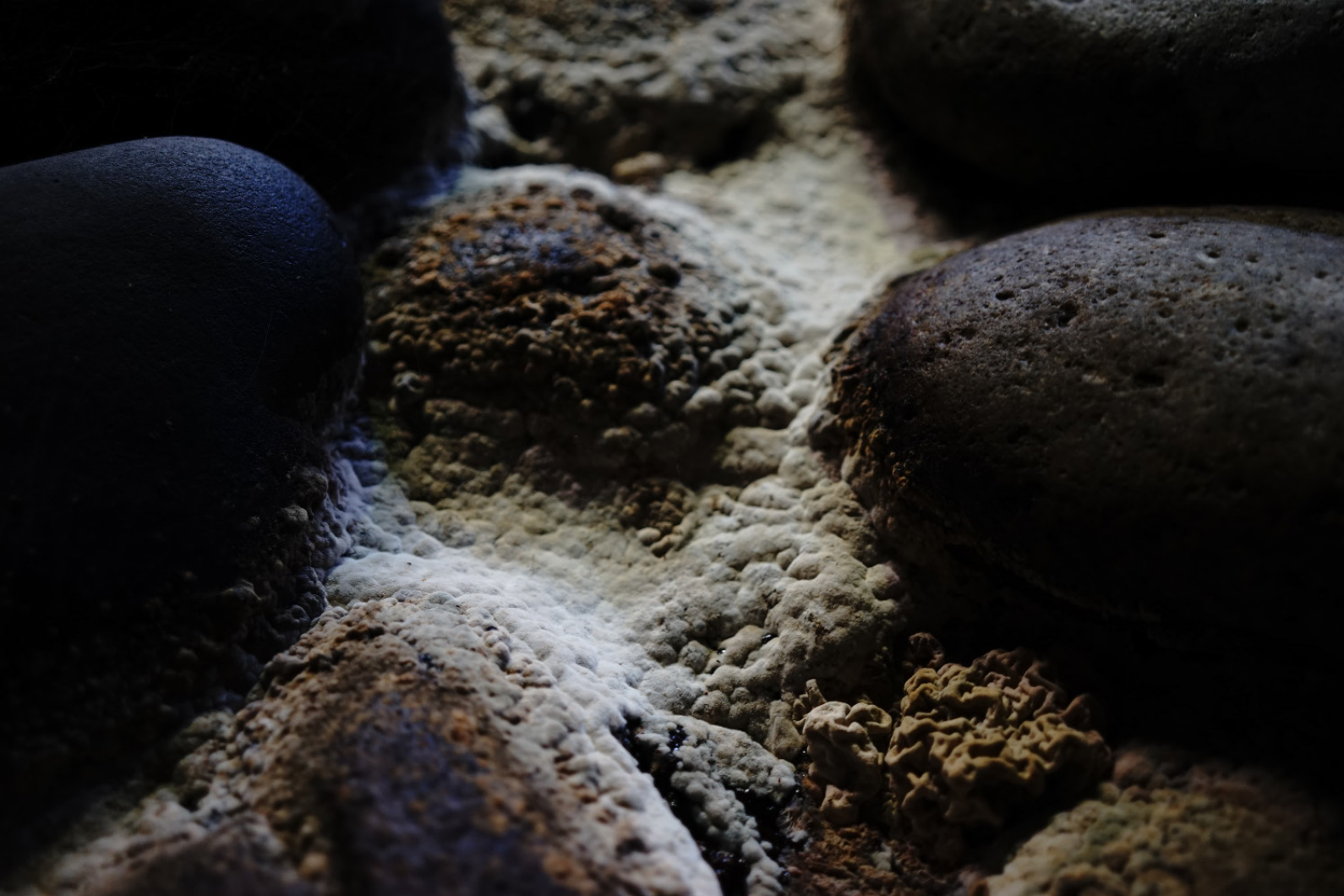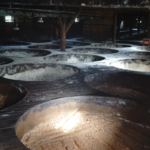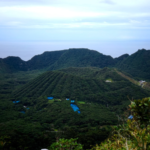【47 Hakko Mie】三重のたまり醤油 Tamari Joyu 〜旨味の首都の味覚を支える、縁の下の力持ち〜
旨味の首都の味覚を支える、縁の下の力持ち
豆味噌の桶から滲み出てくる液体分を取り出したもの。濃厚で野性的なフレーバーの、パンチある調味料だ。東海醸造のたまりでは、八丁味噌のように隙間なく石を積まず、かわりに酵母類などの微生物のコロニーをもろみの表面に生やし、腐敗を防ぐ。その結果、イースティ(酵母っぽい)、フルーティな香りになる。このたまり、単体で使われることは稀で、出汁や他の調味料とセットの「隠し味」として使われ、東海地方の腕自慢の料理人に重宝されている。
Tamari … the deep and rich soy sauce that continues to serve the role of a hidden enhancer of umami that especially delights the urbanites
Tamari is a type of soy sauce that mainly uses the essential juice extracted from kioke (traditional cedar fermenting barrels) that contains beans fermented into miso. It is a rich, strong, wild flavored seasoning agent. In Tokai Brewing, tamari is created through a unique process that does not pile up stones over the fermented beans to extract the juice like it is with Hatcho Miso. Instead, this brewer allows a colony of microorganisms, such as yeast, to grow on the surface of the moromi (fully fermented grain slurry) to prevent decay. The result is a yeast-like fruity smell. Tamari is rarely used alone. Rather, it is commonly used as a “secret ingredient” in combination with soup stock and other seasonings, and is long been treasured by the aspiring chefs especially in the Tokai region.
どう作って食べるか / HOW TO MAKE & EAT
❶豆味噌を仕込み、熟成させる。
❷熟成の後半(2年以上)、木桶からたまりを放出する。
❸ろ過・火入れ(発酵を止める作業)などをして完成。
❶Prepare the bean miso and let it age.
❷In the last half of aging (after two years or more), release the liquid from kioke.
❸Finally filter the liquid and pasteurize it (to stop the fermentation).
出汁や他の醤油やみりん等と混合して補助調味料にする
刺し身などの醤油とする
As a supplementary seasoning agent added to soup stock, other types of soy sauces, or mirin (sweet sake for seasoning), etc.
As the soy sauce for sashimi, etc.
▶食べられている地域 / Regions where it is eaten
東海地方一帯
Tokai region
微生物の種類 / Types of microorganisms
麹菌、乳酸菌類、酵母類
Koji-kin (Aspergillus oryzae), lactic acid bacteria, yeasts


